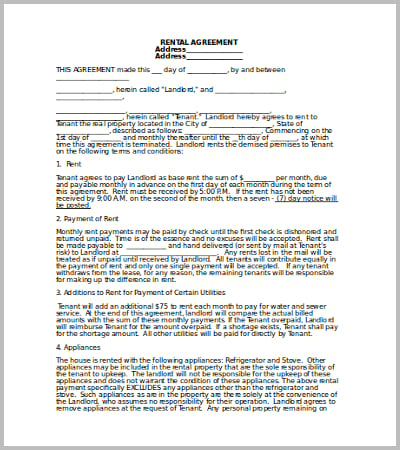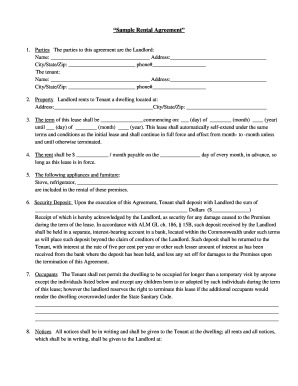

Filters allow them to search based on rent price, square feet, baths, appliances, and much more. The majority of apartment-seekers head to online marketplaces where they can browse for rentals that meet their requirements. A few popular and time-tested means of finding tenants are as follows: Once the property is ready for occupants, the landlord can begin advertising the rental.
 Reflect the value of the home or building (typically. Closely resemble what similar rentals are going for in the area, and. Be in line with the current state of the market (renters or buyers market, for example). Cover all operating expenses (taxes, repairs, utilities, mortgage, etc.). This is an important decision, as too high of a rent price can cause the property to remain vacant, whereas too low of a price could result in an overwhelming number of applicants (and lost income on the end of the landlord).Īs a general rule, the rent price should: Next, the landlord will need to determine the property’s rent. All valuable and/or sentimental possessions should be removed as well. Prior to listing the rental, the landlord should ensure the unit is clean, damage-free (not including standard wear and tear), and compliant with local building codes and regulations. Learn the basics on how to market the property, show the premises to a suitable tenant, obtain their personal information for a credit and background check, and begin collecting rent by signing a lease agreement. Sublease Agreement – Gives tenants that are locked into a lease a way of re-renting their room, apartment, or home to new a new tenant.īelow is a guide on the leasing process for residential properties. Used for renting out homes, apartments, and other properties to rent-paying tenants.
Reflect the value of the home or building (typically. Closely resemble what similar rentals are going for in the area, and. Be in line with the current state of the market (renters or buyers market, for example). Cover all operating expenses (taxes, repairs, utilities, mortgage, etc.). This is an important decision, as too high of a rent price can cause the property to remain vacant, whereas too low of a price could result in an overwhelming number of applicants (and lost income on the end of the landlord).Īs a general rule, the rent price should: Next, the landlord will need to determine the property’s rent. All valuable and/or sentimental possessions should be removed as well. Prior to listing the rental, the landlord should ensure the unit is clean, damage-free (not including standard wear and tear), and compliant with local building codes and regulations. Learn the basics on how to market the property, show the premises to a suitable tenant, obtain their personal information for a credit and background check, and begin collecting rent by signing a lease agreement. Sublease Agreement – Gives tenants that are locked into a lease a way of re-renting their room, apartment, or home to new a new tenant.īelow is a guide on the leasing process for residential properties. Used for renting out homes, apartments, and other properties to rent-paying tenants. 
Standard Residential Lease Agreement (Popular) – The most common type of rental contract. Simple (1 Page) Lease Agreement – A basic rental document that contains the bare minimum necessary for creating a binding landlord-tenant contract. For college and university students, download the college (dorm) roommate agreement. Roommate Agreement – For establishing the social rules of a shared apartment or home. Rental Application – Used for screening tenants prior to signing a lease agreement. Either party can end the contract by providing a 30-day notice to the other. Month-to-Month Rental Agreement – A lease that exists a month at a time, with no long-term commitments. Lease-to-Own Agreement – Contains a provision that allows the tenant(s) to purchase the property at the end of the lease, if they so choose. Commercial Lease Agreement – For renting out commercially-zoned real estate to a business.







 0 kommentar(er)
0 kommentar(er)
